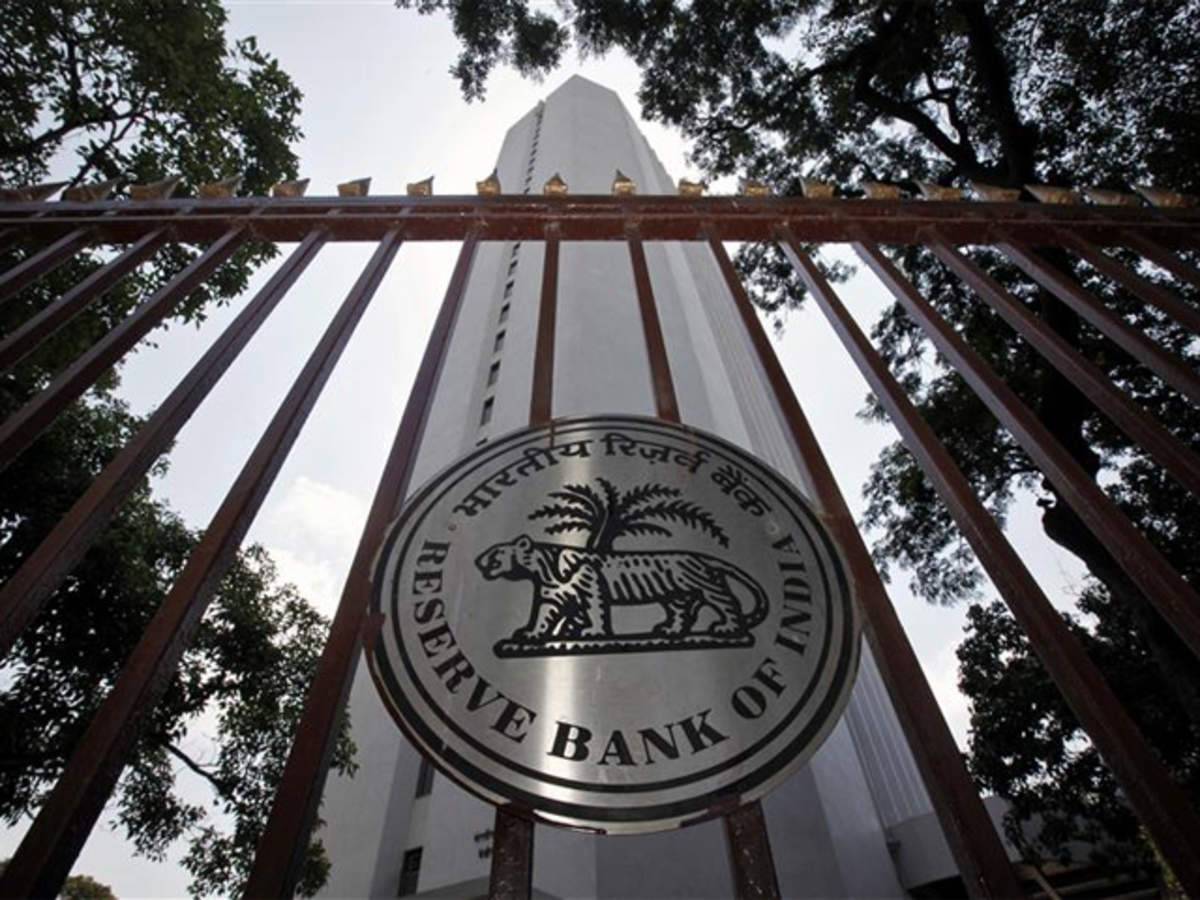
Rise Of Banks: NBFCs with Fintech Companies
Consolidation in the banking industry is inevitable. Leading up to 2020, radically transformed Bank models have emerged. A glimpse ahead shows an emphasis on innovative technologies to vastly facilitate banking – inclusive banking through new types of Bank models, non-traditional alliances to make banking affordable, and Fintech capabilities to make banking customer-centric.
Banking in the future will leverage the geographic reach and financial know-how of NBFCs by joining hands with Fintech companies disrupting services with AI, Blockchain, and cybersecurity tools.
The bad loan history of Indian banks goes long back. In a recent development, another bank will be rescued due to its bad management program, but interestingly, not by the government this time, but by the NBFC sector. In recent developments uncovered, BharatPe and Centrum would rescue the significantly distressed PMC bank.
As SFB would acquire assets and liabilities of PMC bank, both the promoters are now permitted to start a small finance bank (SFB) in an equal ownership joint venture. RBI’s in-principle approval is a validation of Centrum’s experience in financial services and BharatPe’s digital expertise essential for setting up a new age bank. If this succeeds, it will be the first SFB in 6 years.
The bank’s gross NPA of 3.76% and net NPA of 2.19% were discovered by 2019. The reason for default in payments and bankruptcy, yet again, remains the same: financial irregularities and misreporting of loans. History bears testimony to the fact that the majority of Indian banks have treaded on the road of bankruptcy with their ill-suited loans that are handed out without thorough inspection of the credibility of the borrower.
In the case of PMC, the bank had erroneously handed out loans to bankrupt real estate developer HDIL. Despite restrictions on withdrawals of cash and investigation of accounting lapses, RBI’s recent approval demonstrates an open runway for growth for institutions that adhere to regulations and rise out of ashes like a phoenix.
However, like all the other times, this time RBI used its underperforming problem-solving mechanism to counter the problem and dissolved the board, and took the administration of the bank under its purview. The quantum of loans to a single borrower was against banking guidelines.
Amidst all the other rhetoric, what will acquisition mean for different stakeholders? At the outset, the acquisition will revamp the structure. PMC bank would change from a cooperative bank to a small finance bank. Though, it is to be noted that the existing loan and deposit accounts of PMC shall continue as it is, additionally the existing staff and branches shall be retained. However, some existing assets, loans portfolio of around ₹1000 crore, of Centrum would be part of the proposed small finance bank.
Talking about the Shareholders and members of the PMC Bank, according to reports there are more than 50,000 members of PMC bank. Since this transition is part of a rescue operation by RBI and the bank has a significant negative net worth, post this transition, members are expected to lose their invested money. Having talked about shareholders, one cannot leave behind the depositors of the PMC Bank.
Given the present circumstances, the bigger and humungous amounts would get their principal amount back. However, it is to be noted that there might be some haircut in interest earned or some cap on withdrawal limits to defer complete withdrawal. Given the present credit crunch, the RBI shall truly work to safeguard the interest of depositors.
With NBFCs growing twice the speed of banks, RBI increased its vigilance over the NBFC segment in light of the IL&FS and DHFL fiasco. In times where NBFCs can become banks, thanks to Section 22(1) of the Banking Regulation Act, 1949, a prudential regulatory framework for NBFCs looking to transform into banks should be implemented. This would help mitigate the spill-over of systemic risks inflicting NBFCs from further rupturing the banking system.
Access to public deposits is a salivating factor for NBFCs hit by a liquidity crunch during the pandemic, however, serious fine-tuning and deliberation are required for the treatment of PMC’s depositors, mostly consisting of individuals, religious trusts, and institutions, in the absence of a final revival plan.
From a macro-economic standpoint, it goes without saying that NBFCs looking to convert into banks will be required to maintain a higher Cash Reserve Ratio and Statutory Liquidity Ratio pursuant to RBI’s conversion guidelines. Post conversion, NBFCs will also enjoy some decline in the benefits of regulating in an unregulated field with focused disclosures, however, from a shareholder’s perspective, higher transparency and accountability are likely to instill a sense of confidence in such new-age banks.
From a macro-economic standpoint, the share prices of such newly formed banks will bear the brunt of changes in banking regulations, RBI circulars, and underlying risks directly applicable to banks.
With NBFCs like Centrum looking to tie up Fintechs is aiming to tap a large consumer segment that doesn’t have access to credit or can’t access credit at a good interest rate. Given the boundary that banks operate within, Fintechs and the shadow financing institutions are filling the gap by innovating and using multiple data points to lend by exploiting the digital potential.
While some classes believe that Fintechs are parasites riding on the network of the banking system and gaining valuations, however it goes without saying that inter alia, RBI must ramp up its monitoring game as marriages of convenience between NBFCs and Fin-techs are expected to witness a notable rise.
Tags: banks and nbfc, banks and fintech, rise of banks, nbfc, fintech investment banking, difference between nbfc and bank, non banking financial companies, fintech bank
